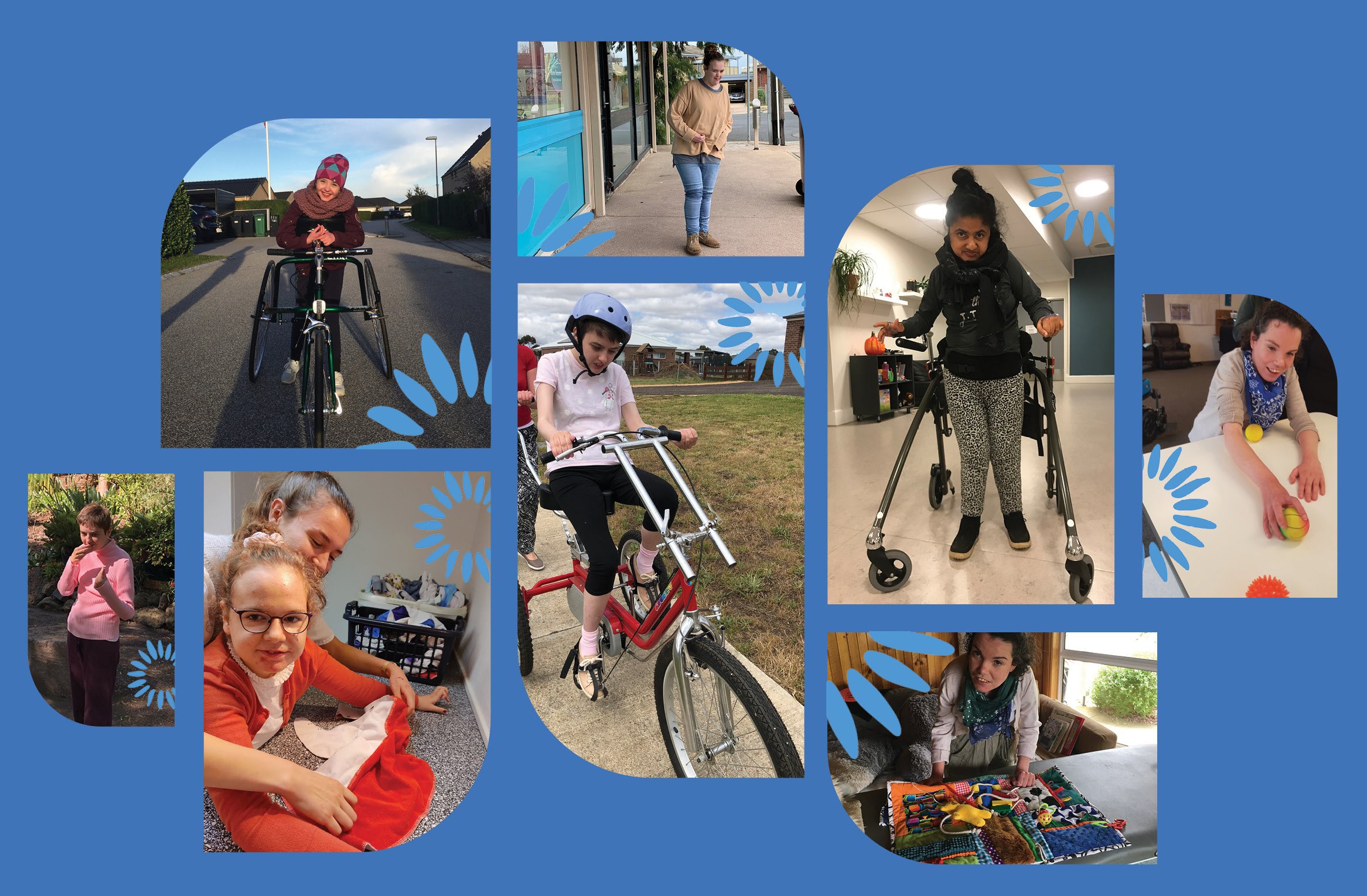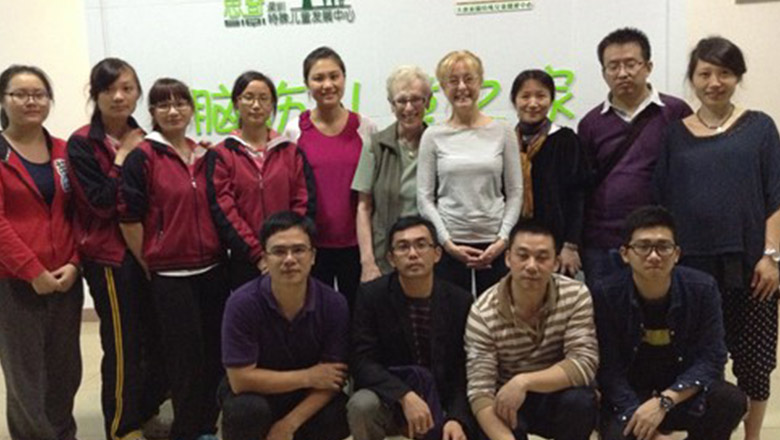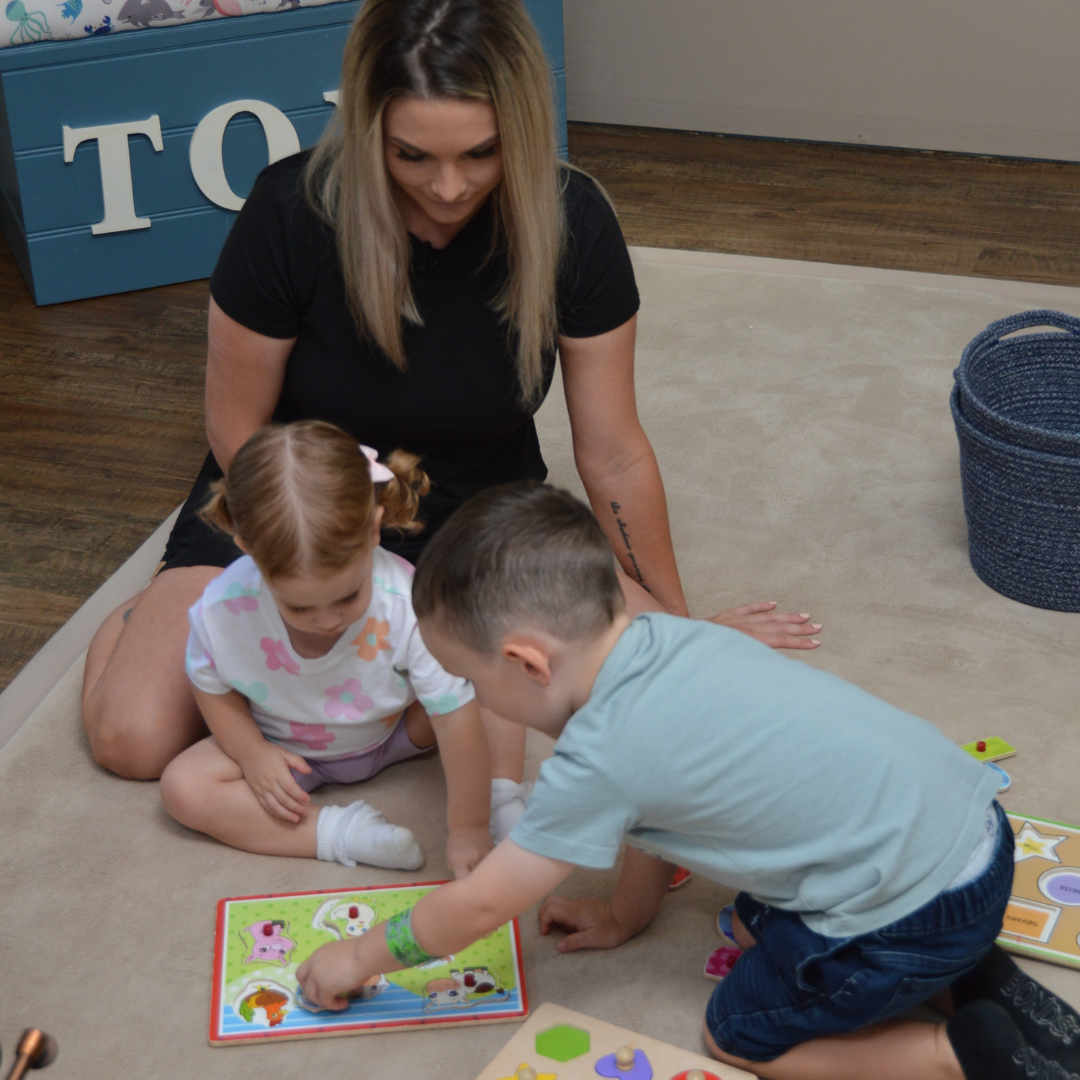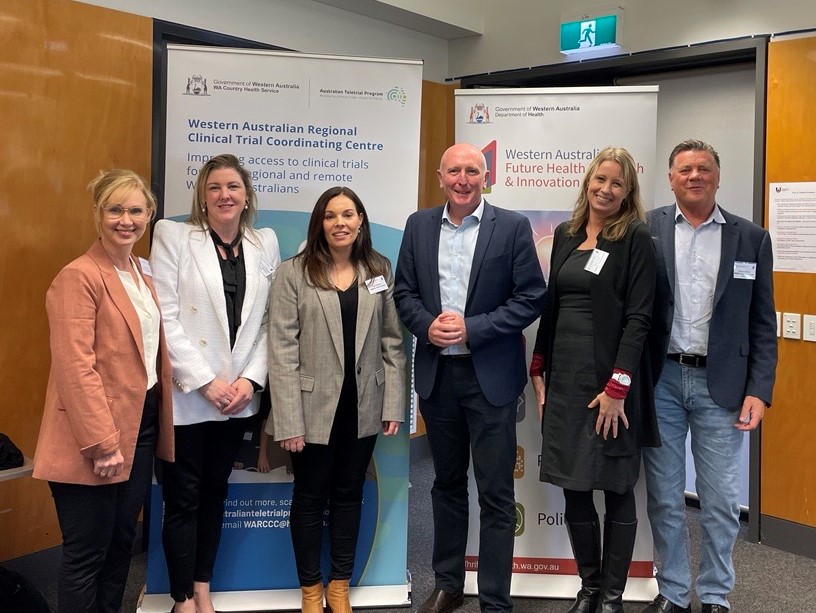Search
We investigated what parents thought about the ways to manage scoliosis and what they thought they needed to help them better manage their daughter's scoliosis.

When you build routines into your day to increase uptime, it doesn’t only affect the person with Rett syndrome; it affects the whole family.
AussieRett is the Australian Rett syndrome research study. We collect information on Australian individuals with Rett syndrome from both families and clinicians

News & Events
Visit to Shenzhen, ChinaHelen and Jenny visited Shenzhen in the south of China twice during 2013 to talk with clinicians and families at the Shenzhen Children's Hospital.
Young Minds Matter is the second Australian Child and Adolescent Survey of Mental Health and Wellbeing.
The essential facts that all parents should know
The Centre is committed to supporting high quality research by providing support for researchers to undertake activities of high priority to the WCVID.

The ultimate goal of ORIGINS is to reduce the rising epidemic of non-communicable diseases through 'a healthy start to life'.

News & Events
Major milestone for Early Moves; a key sub-project of ORIGINS investigating early signs of learning difficulties in babiesGround-breaking WA-led study, Early Moves has hit a major milestone, with 3,000 participants successfully recruited over a four-year period.

News & Events
WA Cohorts Network welcomes FHRI Funding AnnouncementThe State Government has launched the new WA Cohort Studies Research Project Support Program, recognising the value and importance of the three major cohort studies in WA.
